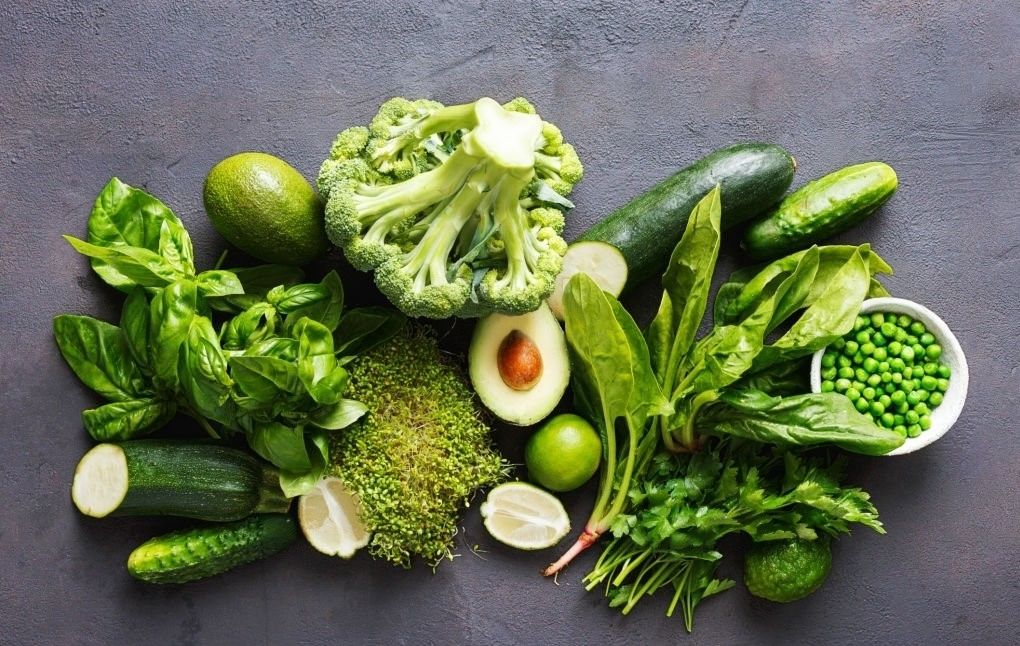Mindful Eating for Endometriosis Relief: A Practical Guide
The ability of turmeric and ginger to reduce inflammation, the digestive advantages of whole grains, the richness of nutrients in leafy greens, and the nourishing omega-3s from healthy fats collectively aid in alleviating endometriosis symptoms.

Endometriosis, a chronic condition affecting the tissue lining the uterus, can cause pain, discomfort, and various challenges for those who live with it. While there is no one-size-fits-all solution, adopting a mindful approach to Indian eating can offer relief and support in managing the symptoms of endometriosis. In this blog, we will explore how mindful food choices rooted in Indian cuisine can make a difference in alleviating endometriosis-related discomfort, backed by scientific research. From anti-inflammatory spices to nutrient-rich ingredients, let's discover a practical guide to mindful eating for endometriosis relief.
Turmeric: Nature's Anti-Inflammatory Ally
Turmeric, a staple spice in Indian cooking, contains curcumin, a powerful anti-inflammatory compound. Studies have shown that curcumin's anti-inflammatory properties can help manage pain and inflammation associated with endometriosis. Incorporating turmeric into your diet can be as simple as adding it to curries, stews, or even warm beverages.
Ginger: Soothing Digestive Aid
Ginger, another well-loved spice in Indian cuisine, offers more than just flavor. It has been traditionally used to alleviate digestive discomfort and nausea. For individuals with endometriosis, ginger's anti-nausea and anti-inflammatory properties can provide relief from gastrointestinal symptoms often linked to the condition. A cup of ginger tea or a sprinkle of grated ginger in your meals can make a difference.
Fiber-Rich Whole Grains: Promoting Digestive Health
Whole grains like brown rice, quinoa, and millets are rich in dietary fiber, which supports healthy digestion and regular bowel movements. This is particularly important for individuals with endometriosis, as digestive issues are common. High-fiber foods can help prevent constipation and alleviate discomfort associated with irregular bowel movements.
Leafy Greens: Nutrient-Dense Powerhouses
Dark leafy greens such as spinach, kale, and fenugreek leaves are packed with essential nutrients like iron and calcium, which are vital for overall health and well-being. They also contain antioxidants that may help reduce inflammation. Including these greens in your meals can contribute to a balanced and nutrient-rich diet.
Healthy Fats: Nourishing Omega-3s
Incorporating sources of healthy fats, particularly omega-3 fatty acids, can have anti-inflammatory effects that might benefit individuals with endometriosis. Foods like flaxseeds, walnuts, and fatty fish like salmon are rich in omega-3s. These fats can help regulate inflammation and promote hormonal balance.
SUMMARY
Mindful Indian eating for endometriosis relief involves choosing foods that are not only delicious but also supportive of your well-being. The anti-inflammatory properties of turmeric and ginger, the digestive benefits of whole grains, the nutrient density of leafy greens, and the nourishing omega-3s from healthy fats can all contribute to managing the symptoms of endometriosis. By making intentional food choices, you can enhance your overall quality of life.
Jayti Shah is a Clinical Nutritionist with a master's degree in Clinical Nutrition and Dietetics. She is a member of the Indian Dietetic Association (IDA). Over the last 9 years, she has helped 400 clients in their clinical and weight loss journeys. She works with SocialBoat as a nutrition consultant.
At SocialBoat, we offer custom diet plans and guided workouts to help you achieve your goals in a 360-degree approach. Our gamified experience ensures that you don’t find workouts boring and we reward you for being consistent with your efforts.

REFERENCES
- Hewlings, S. J., & Kalman, D. S. (2017). Curcumin: A Review of Its' Effects on Human Health. Foods, 6(10), 92.
- Ghoncheh, M., & Mirzaei, H. (2016). Curcumin in Combating Cancer: A Review. Journal of Cellular Physiology, 233(1), 564–573.
- Viljoen, E., Visser, J., & Koen, N. (2014). Ginger (Zingiber officinale) in the management of pregnancy-induced nausea and vomiting: A randomized, placebo-controlled trial. Women and Birth, 27(1), 4–9.
- McRorie, J. W., & McKeown, N. M. (2017). Understanding the Physics of Functional Fibers in the Gastrointestinal Tract: An Evidence-Based Approach to Resolving Enduring Misconceptions about Insoluble and Soluble Fiber. Journal of the Academy of Nutrition and Dietetics, 117(2), 251–264.
- Van Horn, L., & Carson, J. A. S. (2018). Challenges in developing evidence-based recommendations for optimal eating. The American Journal of Clinical Nutrition, 108(3), 436–437.
- Simopoulos, A. P. (2002). Omega-3 fatty acids in inflammation and autoimmune diseases. Journal of the American College of Nutrition, 21(6), 495–505.
